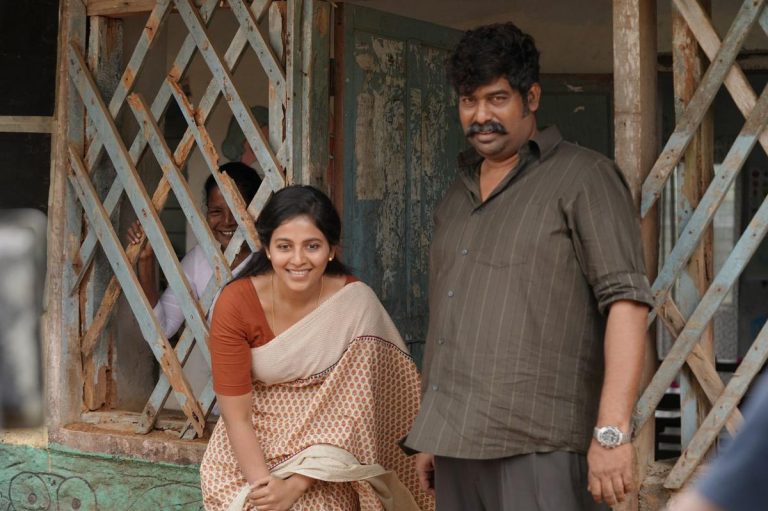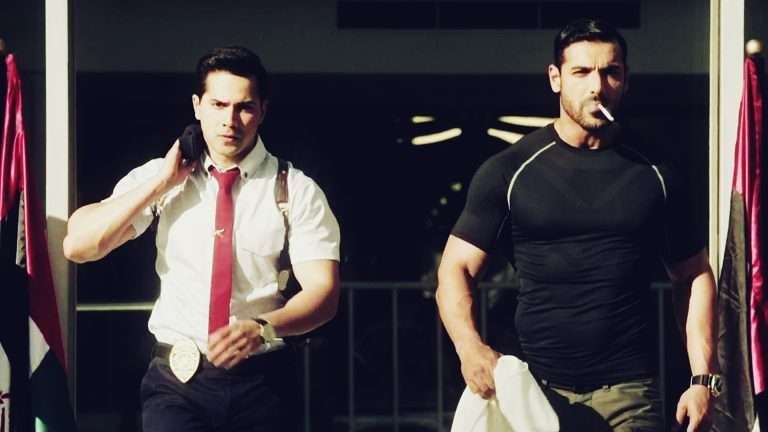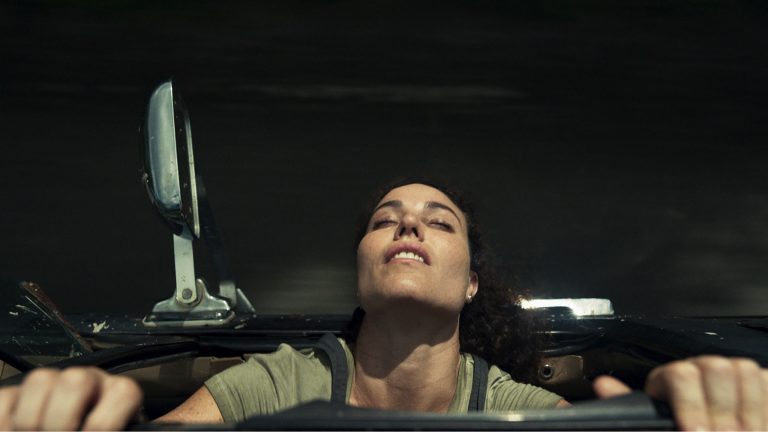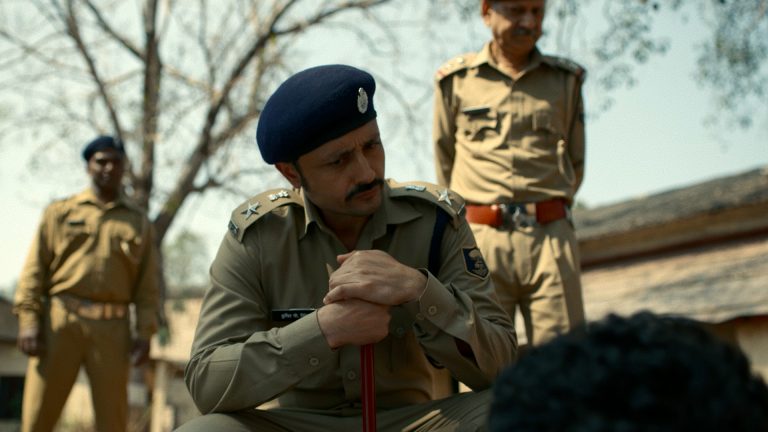The Deepest Breath (2023) Documentary Review: If a documentary intends to inform, educate, and thrill audiences about real-life incidents through real-life, archival, or even reenactment footage, “The Deepest Breath” succeeds simply because of its uniqueness in its premise itself. The topic being tackled is freediving, a genre of extreme sports that, like the ocean itself, is compelling yet equally terrifying. When you add the story of the two freedivers, Alessia Zecchini and Stephen Keegan, and how both discovered this vocation and how “destiny” chose them to cross paths before tragedy strikes, it sounds like a fertile opportunity for a compelling story.
“The Deepest Breath” is thus frustrating. Because if exploration of these individuals had been the focus throughout the narrative, then engagement with this documentary would have been perilously low. While it is interesting to explore what drove these individuals to such a unique sport—Alessia, with her ambition since her childhood to break the world record of her idol, Stephen, because the silence in those depths was the only time he felt at peace—for an audience exploring these characters, there is a plausible disconnect working.
For a character study like “Free Solo,” the audience could connect, empathize, and realize the protagonist’s obsession because the heights he is climbing are perilous, and the camera perfectly captures that fear and dissonance. Deep sea diving, however, becomes almost unquantifiable unless a visual and an audio explanation explaining how the human body would feel while descending those depths are presented to the audience.
Credit is due here, then, for the way the documentary utilizes actual archival footage and some recreated footage to extrapolate and help the viewers perhaps understand and even approximate the perilous uncertainty of deep sea exploration. These visuals also give the viewers added context into why free divers would choose this vocation—it’s almost a nirvana, a curiosity of the human soul to both explore the world’s unknown regions as well as the fortitude of the human body.
And as Alessia’s voiceover describes how her lungs would constrict as the pressure forces her downwards, almost like a free fall, which only makes the return journey upwards feel like climbing up a mountainous peak, a viewer gets plausible context and thus a renowned appreciation and respect for a sport that, like its identifier, can have extreme consequences.
Because unlike free climbing (“Free Solo”), where all decisions are literally and figuratively in the hands of the climber, freediving is a loaded, organized affair with tonnes of safety measures as well as lots of support (both medical as well as diving and technological), but even then accidents occur. The moments where a person suffers blackouts, and the brain shuts down while the body is trying to break over the surface are horrifying, especially with how those blank stares are documented.
When the documentary explores all of these intricacies, it is firing on all cylinders. It explores Alessia’s stubbornness towards striving to break the world record at the cost of her own body, and those moments of exploring the flawed human beneath the “great woman” are interesting to watch. The problem with “The Deepest Breath” is how it chooses to frame the entire documentary as a tragedy.
McGann tries to craft a narrative of two souls managing to find each other and perhaps having sparks of romance or a deeper connection. It feels like McGann is trying to grasp an emotional connection in the ether of romance and tragedy when the psychological exploration of all these athletes and their relationship with the extreme sport could have been a far more compelling one.
Thus voiceovers of all the talking heads describing how the two of them spent most of their time together, or how the closeness could be described or interpreted, is still exactly that, interpretation and extrapolation of a romantic endeavor that mightn’t have existed, and only serves to exist in the documentary as a superficial contrivance.
But what is especially galling is how it chooses to end the last act of the tragedy. Sure, it gives off a sense of narrative tension in a true-life event, but it also screams emotional manipulation, especially the final twist. It’s not the constituent of the curveball that’s the problem; it’s the presence of the curveball itself.
There is an inelegance in the narrative of the movie that shouldn’t have been present, and that’s what makes this documentary so endlessly frustrating instead of rewarding. In hindsight, the act depicted is one of supreme strength and courage, and the documentary’s choice to tell that story is praiseworthy, but the storytelling itself just feels off.








![Embrace of the Serpent [2015] : Wildness Personified](https://79468c92.delivery.rocketcdn.me/wp-content/uploads/2017/02/3872-768x461.jpg)


